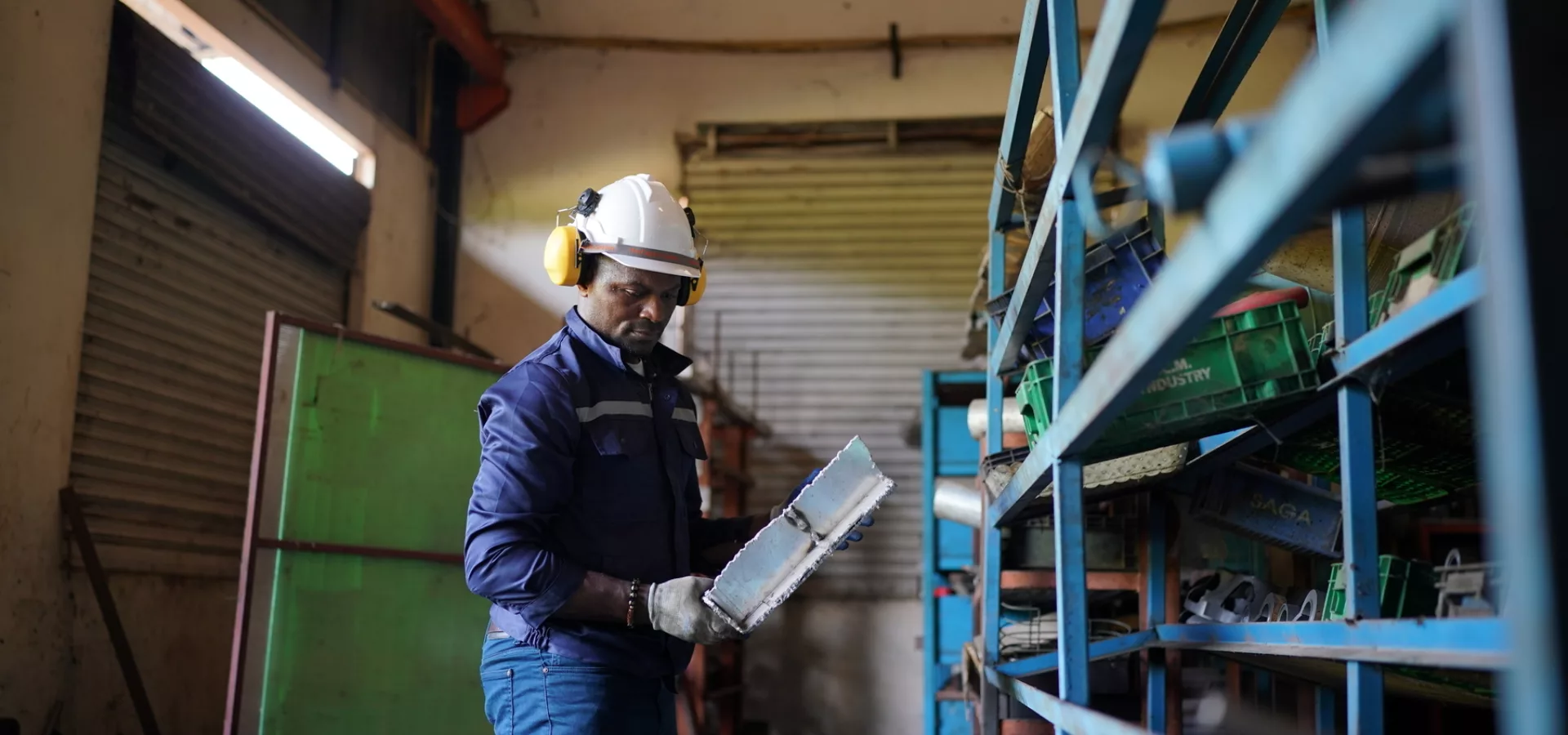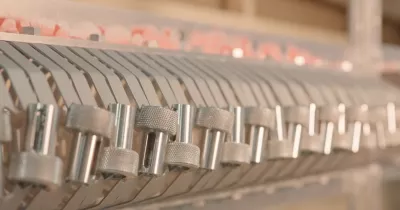ISO 4042: 2022 updates

March 19, 2023
March 19, 2023
As technology and science continue to evolve, it's essential to stay informed and updated. Keeping up-to-date with our industry's latest trends and practices is a valuable practice that can lead to transformational improvements.
Institutions and companies responsible for setting guidelines on organization, standardization, and other topics play a crucial role in improving performance. Staying up-to-date also helps us understand better ways of doing things and prohibited practices.
That’s the case with ISO 4032:2022. In 2022, the International Organization for Standardization (ISO) updated its standards for electroplating fasteners.
The latest versions of ISO 4042
ISO 4042:1999 has been revised to include new developments related to passivations free of hexavalent chromium, application of sealants and top coats, requirements for functional properties, and minimizing the risk of hydrogen embrittlement. This update was released in 2018, and it's time to update and stay informed of the changes that have been in place for over four years.
ISO 2081:2018 and ISO 19598:2016 are general standards for electroplating that should have covered the requirements for electroplated fasteners in ISO 4042, especially regarding hydrogen embrittlement and baking.
To avoid contradictions, ISO 4042:2018 has been revised to remove all references to these two general standards. The latest revisions of ISO 898-2 and ISO 2702 have been used to update the measures to prevent hydrogen embrittlement in electroplated nuts, flat washers, and case-hardened screws.
These revisions consider the latest research findings. According to ISO 898-3, bending can increase the risk of hydrogen embrittlement for electroplated flat washers, and a test method to simulate this is being investigated.
ISO 4042:2022 sets the requirements for electroplated steel fasteners and coating systems, including dimensional properties—pins made of copper or copper alloys.
The ISO 4042:2022 official policy
ISO 4042:2022 lays out requirements and recommendations to reduce the risk of hydrogen embrittlement, as explained in section 4.4 and Annex B. The standard applies to fasteners with coating systems made of zinc and zinc alloys and cadmium, mainly used for corrosion protection and other functional properties.
This includes fasteners with or without a conversion coating, sealant, top coat, and lubricant (either integrated or added later).
Specifications for electroplated coatings and coating systems include tin, tin-zinc, copper-tin, copper-silver, copper, silver, copper-zinc, nickel, nickel-chromium, copper-nickel, and copper-nickel-chromium are included in this document but only for dimensional requirements related to fasteners with ISO metric threads.
The ISO 4042:2022 document takes precedence over other documents dealing with electroplating and applies to steel bolts, screws, studs, nuts, and non-threaded fasteners such as washers, pins, clips, and rivets.
It's important to note that electroplating is also used on stainless steel fasteners for lubrication, but this document doesn't specify requirements for properties like weldability or paintability. Information on the design and assembly of coated fasteners is provided in Annex A.
To learn more about this and other similar topics or to stay updated on the latest industry trends, visit our blog for the latest news. Otherwise, check out our website to discover our services and the range of products available.
IT’S HOW YOU FINISH

We’re a developer and supplier of chemistries for the metal finishing industry since 1948.
In PAVCO, we develop products and deliver services of the highest quality at a reasonable cost.


